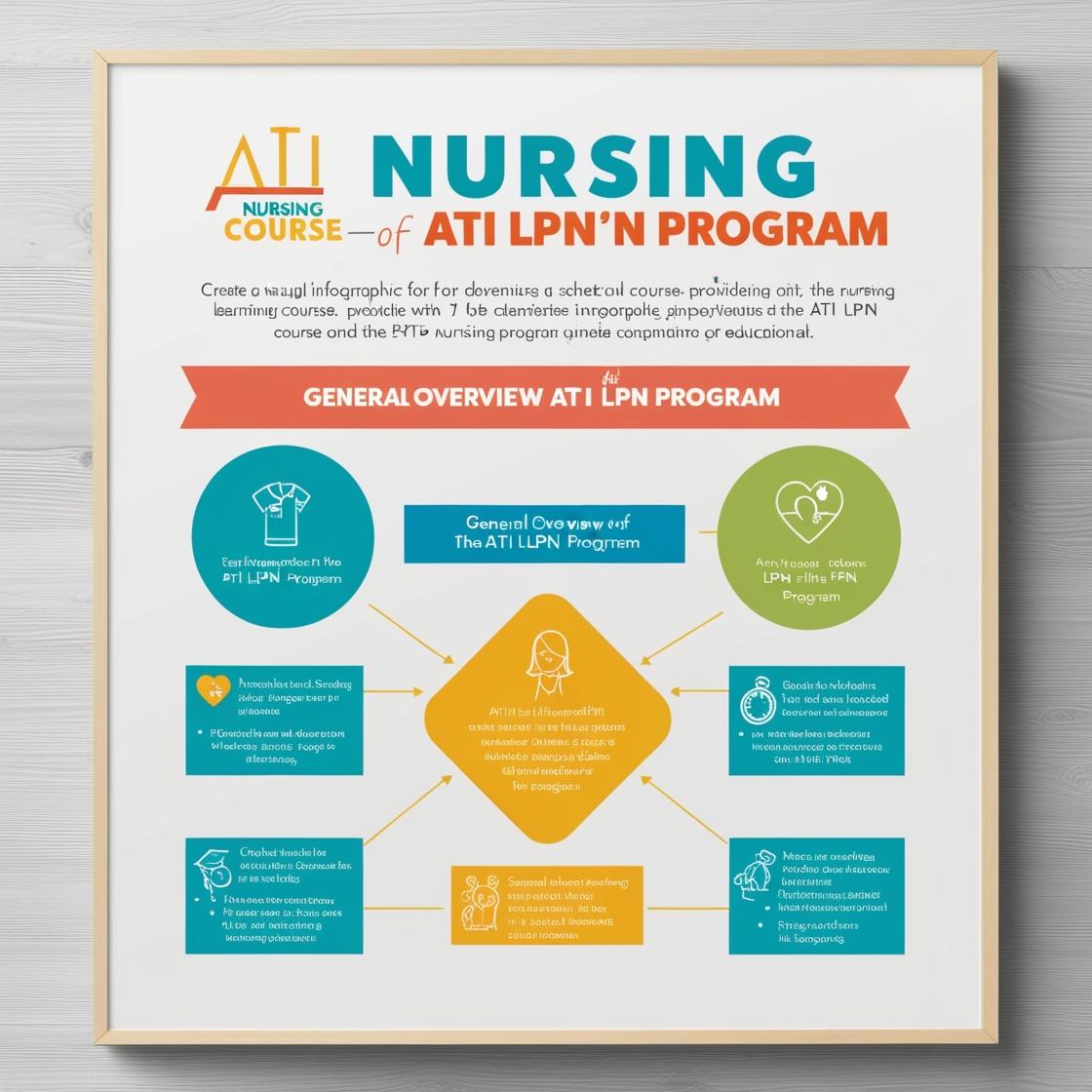LPN LPN
ATI Pediatrics Proctored Test
1. Which of the following statements regarding 2-rescuer child CPR is correct?
- A. The chest should be compressed with one hand, and a compression-to-ventilation ratio of 30:2 should be used.
- B. The chest should not be allowed to fully recoil in between compressions.
- C. A compression-to-ventilation ratio of 15:2 should be used if an advanced airway is in place.
- D. Compress the chest with one or two hands to a depth equal to one-third the diameter of the chest.
Correct answer: D
Rationale: During 2-rescuer child CPR, it is important to compress the chest with one or two hands to a depth equal to one-third the diameter of the chest. This technique ensures effective chest compressions are being delivered to help circulate blood and oxygenate the child's body. Choice A is incorrect because both hands should be used for chest compressions in 2-rescuer CPR. Choice B is incorrect as allowing the chest to fully recoil between compressions is essential to create negative pressure and facilitate blood flow back to the heart. Choice C is incorrect as the standard compression-to-ventilation ratio for child CPR is 30:2, regardless of whether an advanced airway is in place.
2. A 30-year-old woman has severe lower abdominal pain and light vaginal bleeding. She tells you that her last menstrual period was 2 months ago. On the basis of these findings, you should suspect:
- A. a normal pregnancy.
- B. a ruptured ovarian cyst.
- C. an ectopic pregnancy.
- D. a spontaneous abortion.
Correct answer: C
Rationale: Severe lower abdominal pain, light vaginal bleeding, and a history of missed periods are concerning for an ectopic pregnancy. The absence of a normal menstrual period along with these symptoms raises suspicion for an ectopic pregnancy, which requires immediate medical attention due to the risk of rupture and life-threatening complications. A normal pregnancy would typically present with different symptoms such as a positive pregnancy test and typical signs of early pregnancy. A ruptured ovarian cyst may present with similar symptoms but typically lacks the history of missed periods. A spontaneous abortion usually involves heavier bleeding and tissue passage, which is not described in this scenario.
3. What action should you take if a newborn's heart rate is 50 beats/min?
- A. Begin chest compressions.
- B. Reassess in 30 seconds.
- C. Administer blow-by oxygen.
- D. Start positive-pressure ventilations.
Correct answer: D
Rationale: If a newborn's heart rate is below 60 beats per minute, the appropriate action is to start positive-pressure ventilations. Ventilations help deliver oxygen to the newborn's body and support respiratory function, which is critical in cases of bradycardia. Chest compressions are not recommended until the heart rate is below 60 despite adequate ventilation. Reassessment is essential but not the immediate action required in this scenario. Administering blow-by oxygen alone may not effectively address the underlying cause of bradycardia, making positive-pressure ventilations the priority intervention in this case.
4. You are assessing a 26-year-old woman who is 38 weeks pregnant and is in labor. She tells you that she was pregnant once before but had a miscarriage at 19 weeks. You should document her obstetric history as:
- A. gravida 2, para 1.
- B. gravida 2, para 0.
- C. gravida 1, para 1.
- D. gravida 0, para 2.
Correct answer: B
Rationale: In obstetrics, gravida indicates the number of pregnancies, including the current one. Para indicates the number of pregnancies carried to viability (20 weeks or more). Since the patient has been pregnant twice but only carried one pregnancy past 20 weeks, her obstetric history should be documented as gravida 2, para 0. The miscarriage at 19 weeks does not contribute to the para count. Choice A (gravida 2, para 1) would indicate that she has had two pregnancies with one resulting in a live birth, which is incorrect. Choice C (gravida 1, para 1) would indicate that she has had one pregnancy with one live birth, which does not reflect her obstetric history. Choice D (gravida 0, para 2) would indicate that she has never been pregnant past 20 weeks, which is also inaccurate.
5. Which of the following is MOST likely to occur in conjunction with a breech presentation?
- A. Vertex presentation
- B. Maternal hypertension
- C. Prolapsed umbilical cord
- D. Premature rupture of the amniotic sac
Correct answer: C
Rationale: In a breech presentation, where the baby's buttocks or feet present first, there is an increased risk of the umbilical cord slipping down alongside or below the presenting part, leading to a prolapsed umbilical cord. This is a serious complication that can compromise fetal blood flow and oxygenation, necessitating prompt intervention to prevent adverse outcomes. Choices A, B, and D are less likely to occur in conjunction with a breech presentation. Vertex presentation is the normal head-first presentation, maternal hypertension is a separate condition that may not be directly related to fetal presentation, and premature rupture of the amniotic sac can happen independently of the baby's presentation.
Similar Questions

Access More Features
ATI LPN Basic
$69.99/ 30 days
- 50,000 Questions with answers
- All ATI courses Coverage
- 30 days access @ $69.99
ATI LPN Premium
$149.99/ 90 days
- 50,000 Questions with answers
- All ATI courses Coverage
- 30 days access @ $149.99
